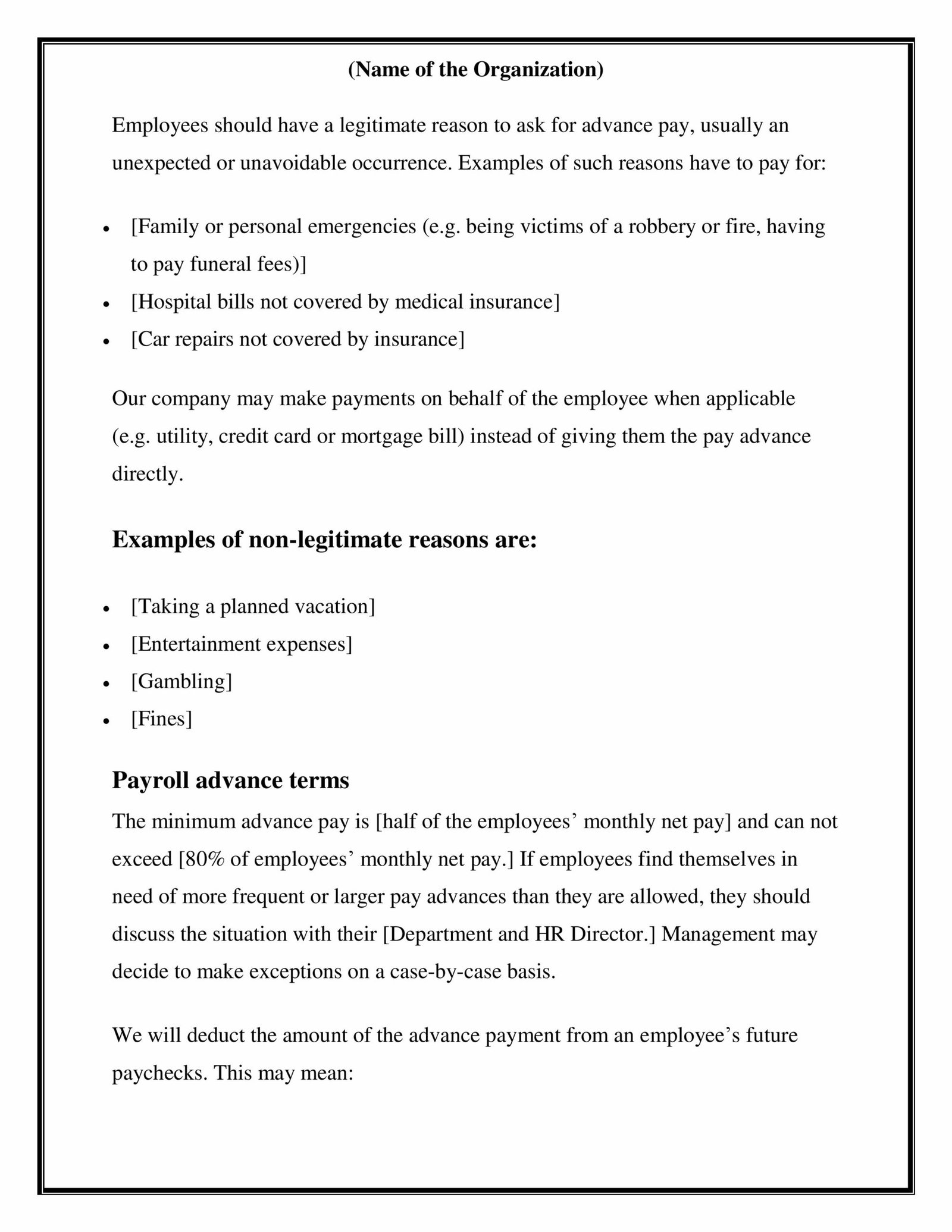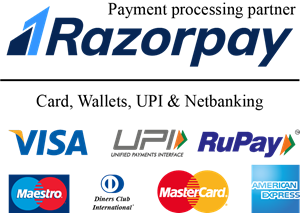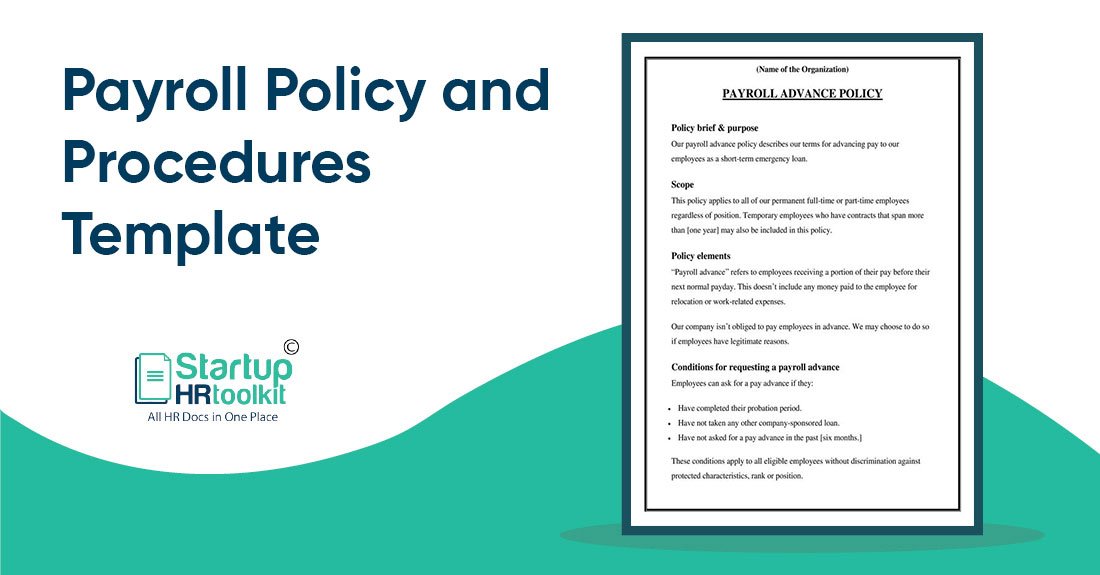
Payroll Policy Template
Payroll Policy and Procedure Template
What is Payroll Policy
A payroll policy defines the entire payroll process of an employee, from net pay and payroll schedules to payment methods, deductions, wage structures & timekeeping. The payroll policy and procedure template follows strict rules and regulations by controlling payroll processing. It gives a clear glance to the employees of what can be expected on their payday to avoid any grievances later on. With the help of a payroll policy template, employees instantly get solutions to daily problems like leave management, workplace conditions, employment entitlements, pay, and payroll-related issues.
Importance of a Payroll Policy
Payroll policy plays a vital role in every organization, allowing employees to understand payroll procedures also Companies comply with local, federal, and state laws concerning social security, taxes, medicare, and fair labor standards. Organizations spend considerable time reducing fraudulent activity and human-based errors, ensuring that the payroll process runs appropriately. The payroll policy allows the smooth disbursement of salaries to employees, ensuring excellent pay at the right time. Organization following the payroll policy template terms & conditions stays out of legal complications & unnecessary penalties.
Components of Payroll
Here are all the components of payroll:
1. Basic Pay
Basic pay is the base pay that stays stable during the entire course of employees associated with the company. It usually ranges between 35% – 65% of the employee’s CTC. Various parameters such as job role, position, fixed commissions, and roles and responsibilities define an employee’s basic pay.
2. Allowances
Employers offer their employees an allowance regarding monetary benefits and regular income. Such benefits help the employees compensate for the expenses while finishing off the company service. Such allowances are primarily categorized into three parts, i.e., taxable, non-taxable, and partially taxable.
3. House Rent Allowance
The company pays house rental allowance (HRA) as a stipend to employees so that they can pay their monthly rental amount. It would be best if you were a salaried employee living in a rental house to meet the eligibility criteria for claiming the House rental allowance (HRA).
4. Bonus
Bonus is the money given to the employee as a reward for decent performance. Such financial compensation is higher than the regular payment expectations of an employee.
5. Overtime
Overtime states that the employee who works additional hours apart from his standard working hours is eligible for compensation. Employees are asked to work overtime when the company faces heavy workloads and emergencies.
6. Incentives
An employee incentive is a tempting reward for accomplishing specific organizational tasks. Incentives promote better employee performance and boost the overall productivity of the company.
7. Medical
Medical benefits are provided to the employees whenever they or their family members become ill. The company pays the stipend to cope with the treatment cost in such cases. *As per the payroll policy, employees must show the company medical bills receipt to claim medical benefits.
8. Gratuity
Gratuity is the money an employer pays employees for the tasks they have accomplished for the organization. According to the Gratuity Act 1972, the total calculation of the amount is done for gratuity benefits on the last of an employee in the company. Those who have been employees of an organization for at least 5 years are eligible for gratuity benefits.
Deduction
Here are all the types of deductions:
1. Professional Tax
Professional tax is a direct tax applicable to every individual earning income through his profession, trade, and employment. The Indian Union territory or the state government levies the professional tax. For wage & salaried individuals, the professional tax is deducted from their wages or salary by the employer and handed over to the state government. For other sections of individuals, the professional tax is directly paid by the employees.
2. PF
Provident Fund is deducted monthly from the employee’s salary. It has the collection of full money that is saved during the on-job period of employees. Provident Fund Provision assures income to every employee after they retire. In case of sudden death of employees, their Provident Fund is handed over to their respective families.
3. EPF
The Employees’ Provident Fund (EPF) Act, 1952 is a government-backed retirement savings scheme. As per the scheme, 12% of the Basic Salary and the Dearness Allowance (DA) is mandatory to be invested in the Provident Fund monthly by an employee & employer.
4. ESI
Employee State Insurance (ESI) is a need-based social insurance scheme allowing employees to have a self-financed insurance and healthcare fund. It is governed by the ESI Act, 1948 & a government body, ‘Employee State Insurance Corporation,’ protecting employees in uncertain situations.
In this contributory fund, the contribution from employers is 3.25% of the wages, and from employees, it’s 0.75% of the wages.
5. Loan
Loan against salary is available for salaried employees to handle family & individual emergencies. Such emergencies include a child’s educational expenses, wedding expenses, medical emergencies, house renovation, etc. It is a particular personal loan that acts as a short-term credit benefit that gets paid from the future salaries of an employee.
Download Full Version
Created by India’s top HR experts
Just Rs. 999 Rs. 499
How To Use?
Fill In The Blanks
 Customize Template
Customize Template
 Save, Print, Done.
Save, Print, Done.

Download Payroll Policy Template.
→ Editable in MS Word & Google Docs
→ Full Version
→ Created by India’s Top HR Experts
→ Used by HR professionals at Dream11, Razorpay, Mamaerath & more
Rs. 999 Rs. 499
Download StartupHR Toolkit Instantly & Access Largest Collection HR Documents.
The only Toolkit to solve all your HR problems in minutes.
Legally compliant and govt approved HR documents.
24×7 customer support over chat & calls (during daytime).
FREE HR audit.
Up to date documents as per the latest Statutory Law.
3 FREE customized documents with Gold Plan.
Expert HR guidance.
Join a Community of 1,00,000+ HR Professionals
Recent Post
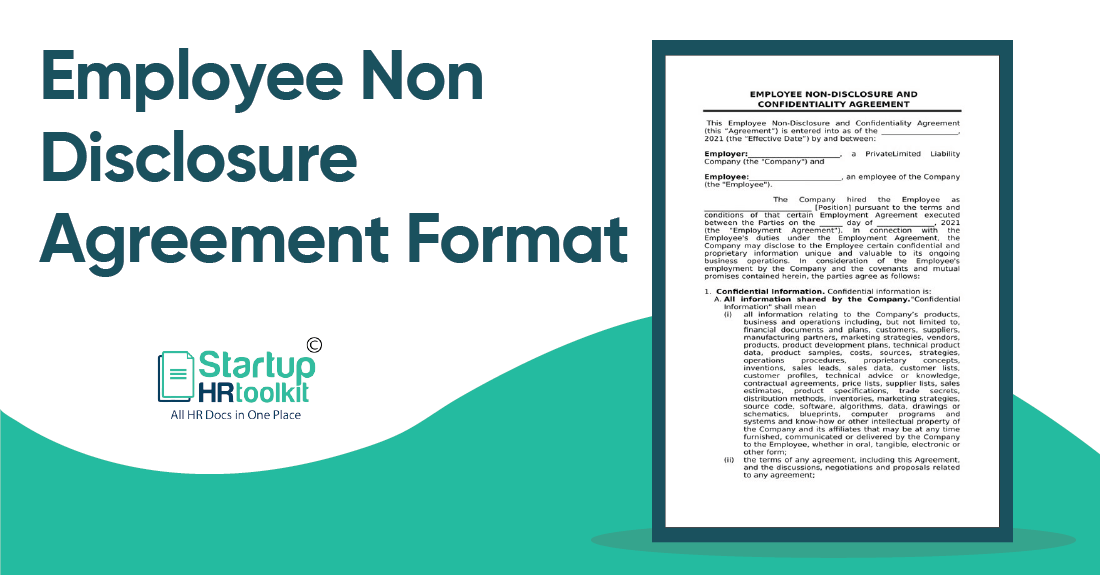
Employee Non Disclosure Agreement Format
All organizations have specific information and processes that they want to keep confidential as they are too sensitive. To ensure that they remain a secret, employers make their employees sign an Employee Non Disclosure Agreement format.
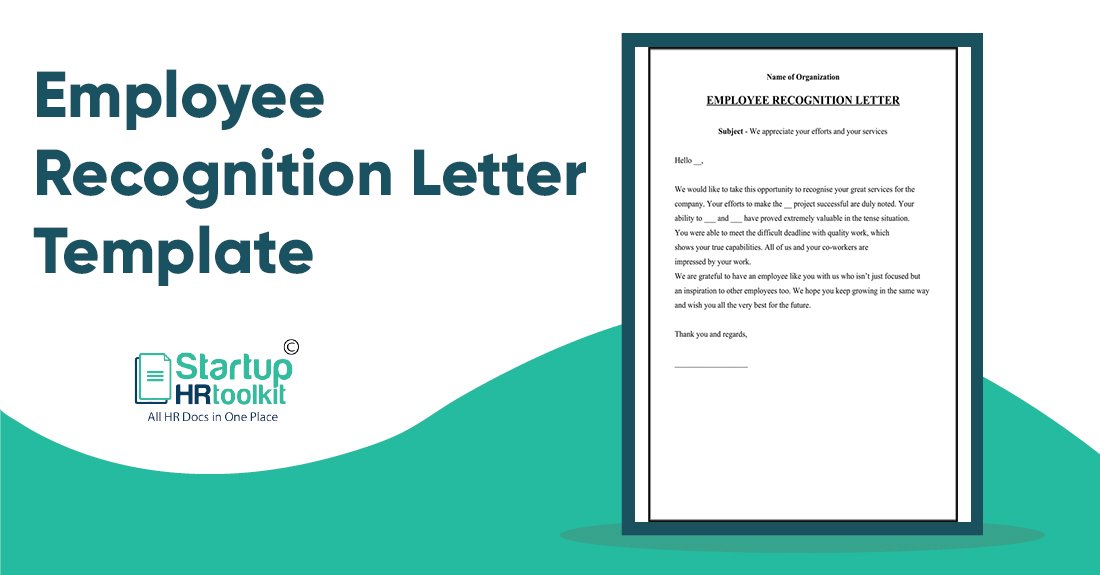
Employee Recognition Letter
An employee recognition letter is a means for employers to thank and appreciate employees for all their hard work and dedication. This letter aims to show and appreciate them for putting in a lot of effort in their job. It motivates them to work harder and achieve all their targets.
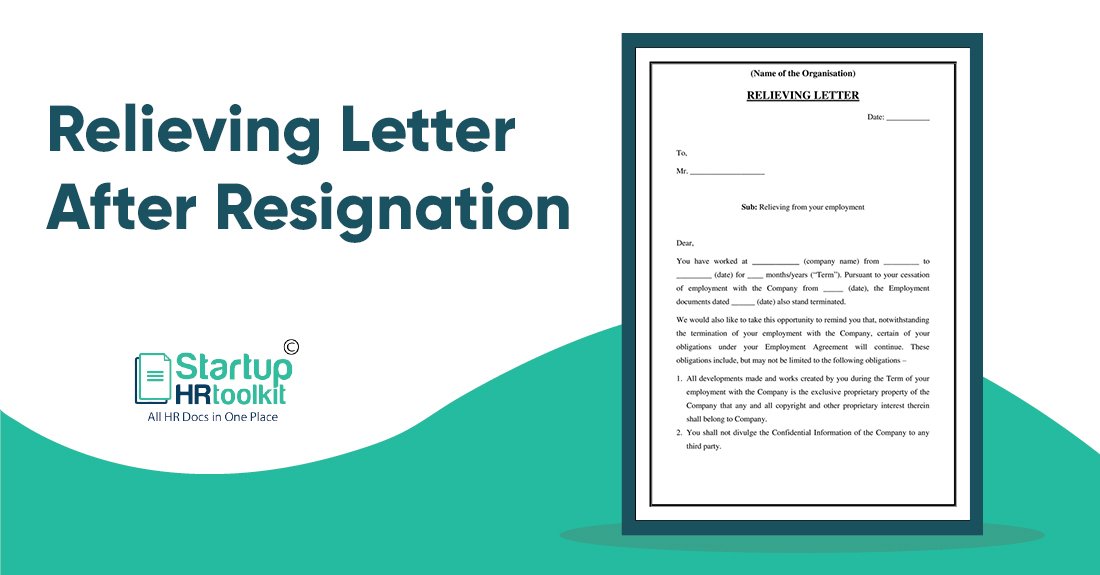
Relieving Letter After Resignation
A relieving letter sample is provided to employees when they leave an organization. The Letter states that the employee left their previous employment after a full and final settlement and now join a new organization.



